6 Kitchen Chemistry Experiments That Will Amaze Your Kids
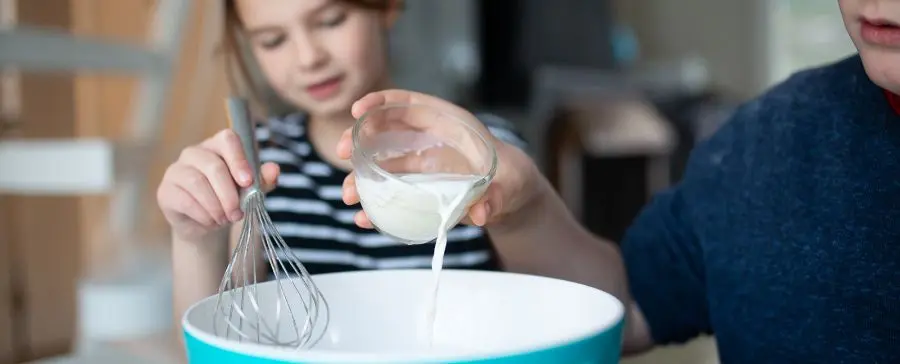
Kitchen chemistry is a fun and relevant way to introduce children to the world of chemistry. It includes cooking, baking, other food-based experimenting, and the clean-up process too! We’re going to tell you why it’s so great to start your children’s study of chemistry with food, and then we’ll give you 6 experiments you can start with.
Table of Contents
- What Are the Benefits of Doing Chemistry in the Kitchen?
- Make Your Own Toys in the Kitchen by Using Chemistry to Turn Milk into Plastic.
- Hydrophobicity 101: Learn About It with Hot Cocoa!
- Discover the Densities of Common Baking Ingredients in Your Kitchen.
- Add a Twist to the Classic Baking Soda & Vinegar Kitchen Chemistry Experiment.
- Edible Metals: Unleash Your Inner Scientist by Extracting Iron from Your Breakfast Cereal.
- Forming Sedimentary Rocks with Jolly Ranchers: A Kitchen Chemistry Experiment for Your Sweet Tooth!
- Try Montessori Laboratory’s Hands-on Science Lessons for Free
What Are the Benefits of Doing Chemistry in the Kitchen?
In the kitchen, we use measuring tools, mix substances, and observe chemical reactions – just like chemists do in a lab! The reason food-based experiments, cooking, and baking are all great introductions to chemistry is that they provide tangible and visual ways for children to observe chemicals interacting, while using substances and tools that they are familiar with. Here are some examples of what children can do with kitchen chemistry:
Learn to Use Measuring Tools
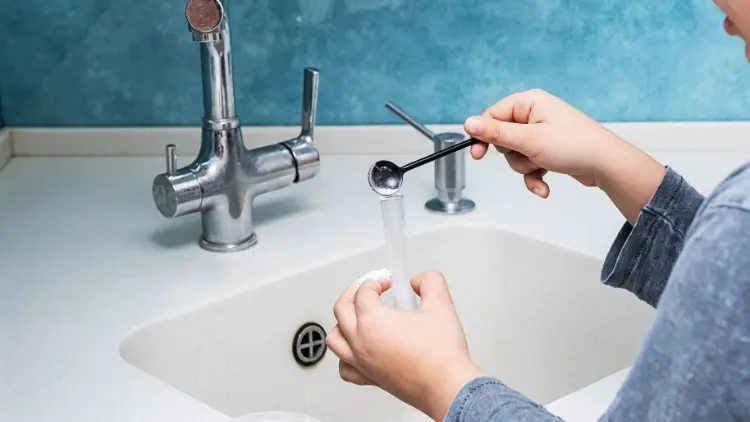
Measuring cups and spoons are common in the kitchen and are essential for cooking and baking. Children can learn about units of measurement and the importance of accuracy in measuring ingredients, which are critical concepts in chemistry as well. For instance, measuring the correct amounts of baking soda and baking powder is necessary to ensure a cake or cookie rises correctly. It’s also imperative to use the correct amount of each substance in a chemical rection to yield the desired result – and for safety reasons!
Observe Safe & Relatable Chemical Reactions
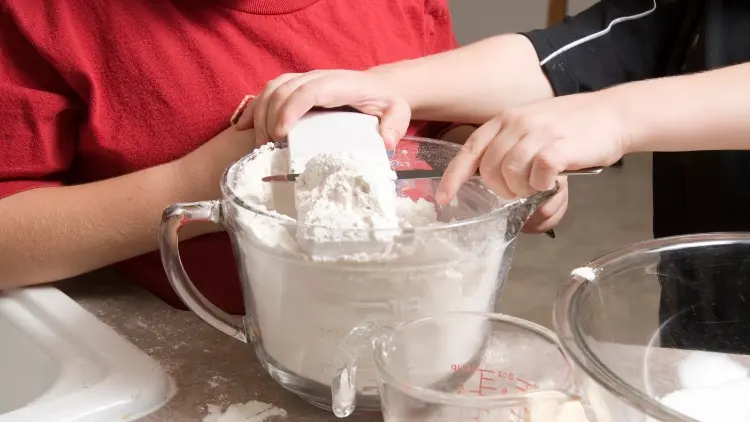
One of the great things about doing kitchen chemistry is that the reactants and reactions are usually safe. That means children can actually do the experimenting themselves! They can see a chemical reaction between baking soda and vinegar, learn about hydrophobicity using hot cocoa, extract metal from their cereal, see the difference between physical and chemical changes by melting butter and caramelizing sugar … the list goes on!
Practice Following a Procedure
A commonality between kitchen chemistry and lab chemistry is that they both require children to follow a procedure. In cooking, you probably know it as a recipe. Recipes provide step-by-step instructions on how to make a dish, including the order in which ingredients should be added and how they should be prepared. In chemistry labs, scientists follow specific procedures, known as protocols or methods, to ensure that their experiments are accurate and reproducible. These protocols provide a step-by-step guide for conducting an experiment, including the equipment needed, the order in which reagents should be added, and the duration of each step.
When you start with chemistry in the kitchen, children will be familiar with the idea of following a recipe, and it will make it more relatable for them to understand why they need to follow procedures when they do other experiments.
Speaking of experiments, here are some examples that you can use to get started!
Make Your Own Toys in the Kitchen by Using Chemistry to Turn Milk into Plastic.
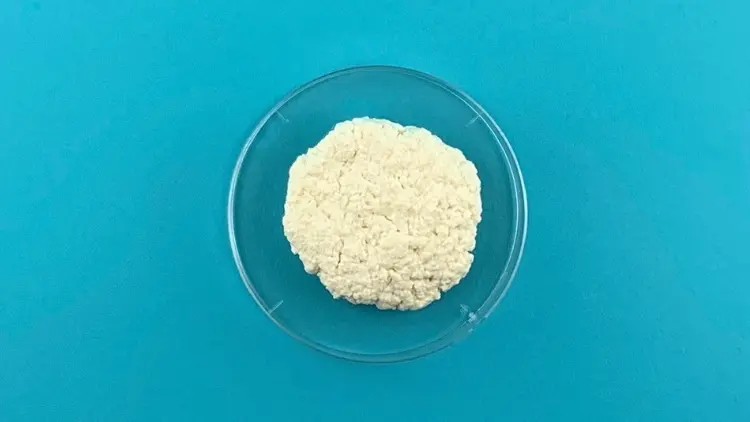
There is a type of plastic you can make out of milk (you will also need vinegar, a strainer, and a microwave). The plastic is made by separating the milk proteins, or as you may be more familiar with from a certain nursery rhyme, separating the milk into curds and whey. Casein protein is what the curds are made up of, and casein molecules form chains that can be molded into plastic.
Hydrophobicity 101: Learn About It with Hot Cocoa!
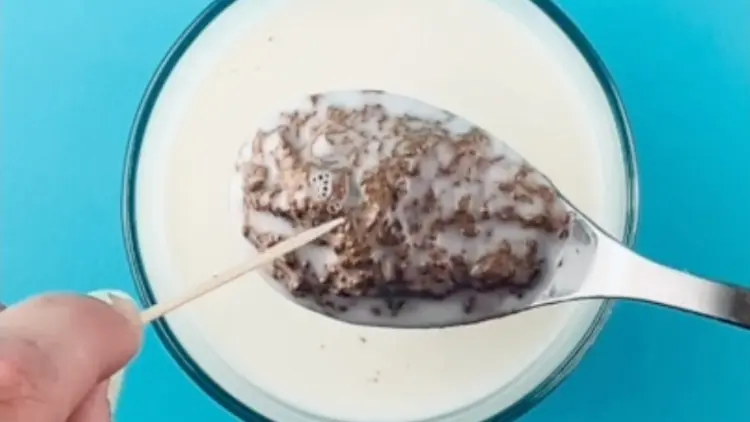
Hydrophobic substances are substances that do not mix with water. You can demonstrate this using cocoa powder and water (or milk, which contains mostly water). You’ll dunk a spoon of cocoa powder into water or milk, and get an exciting surprise when you poke the top of the spoon with a toothpick.
Discover the Densities of Common Baking Ingredients in Your Kitchen.
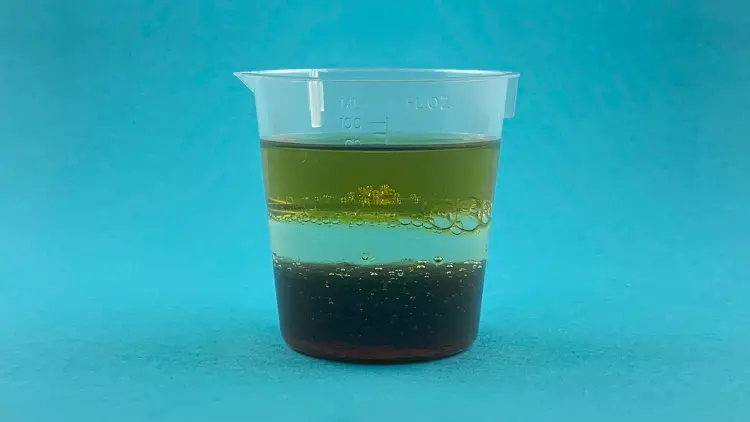
Density is an essential concept in science, and your children can learn about it first hand with this experiment. You will need honey, syrup, water, and a clear beaker or glass. When you pour the substances into the beaker, you’ll see that no matter what order you pour them in, they always end up in the same layers.
Add a Twist to the Classic Baking Soda & Vinegar Kitchen Chemistry Experiment.
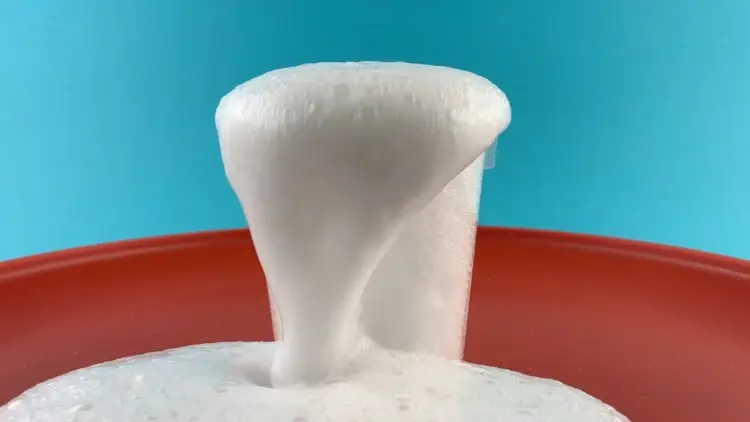
We all know the classic baking soda and vinegar reaction. If you haven’t shown it to your children yet, you need to! They will love it. If your children have seen it before, have them create an experiment to determine what the perfect ratio of baking soda to vinegar is that will create the biggest reaction using the least amount of ingredients.
Edible Metals: Unleash Your Inner Scientist by Extracting Iron from Your Breakfast Cereal.
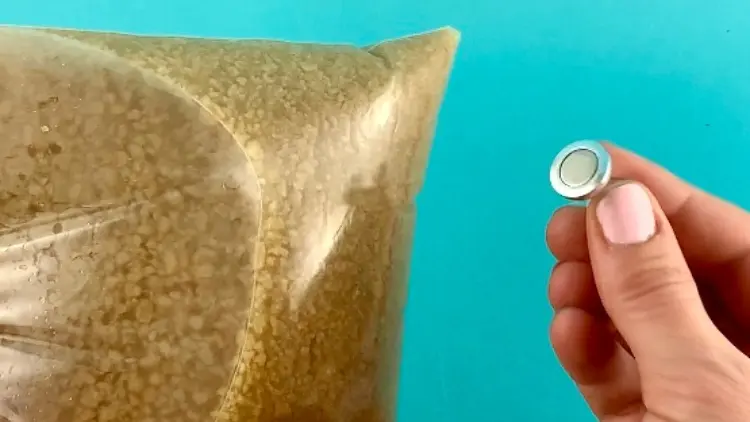
Did you know that you can eat metal? We’re not saying you can go around chomping on forks and spoons, but it’s true, there really is metal inside of the foods we eat. In fact, there are some metals like iron and magnesium that are important for humans to consume in certain amounts. In this experiment, you’ll extract a small amount of metal from a common breakfast cereal – enough that you’ll be able to see it move around with the help of a magnet!
Forming Sedimentary Rocks with Jolly Ranchers: A Kitchen Chemistry Experiment for Your Sweet Tooth!

Technically this one is more related to earth science than chemistry, but we still had to share. Sedimentary rocks are formed by the deposition and compression of layers of sediment over a LONG period of time. If you want to create a model of what the process is like, you can use crushed up pieces of hard candy for the sediment, and a heavy can or book for the pressure.
Try Montessori Laboratory’s Hands-on Science Lessons for Free
Did you enjoy the kitchen chemistry experiments we shared with you? Are you interested in seeing what Montessori Laboratory’s big-picture lessons, hands-on experiments, and engaging science activities are all about? Check out the free lessons below!
The First Great Lesson
Where did the stars come from? And the Sun? How was our Earth created? And what about the rest of…
Combining and Separating
Why does sand settle to the bottom of the ocean, but salt mixes in? How do people get sea salt out…
How Did Humans Discover Fire?
When did we start using fire? What 3 components does fire need to burn?
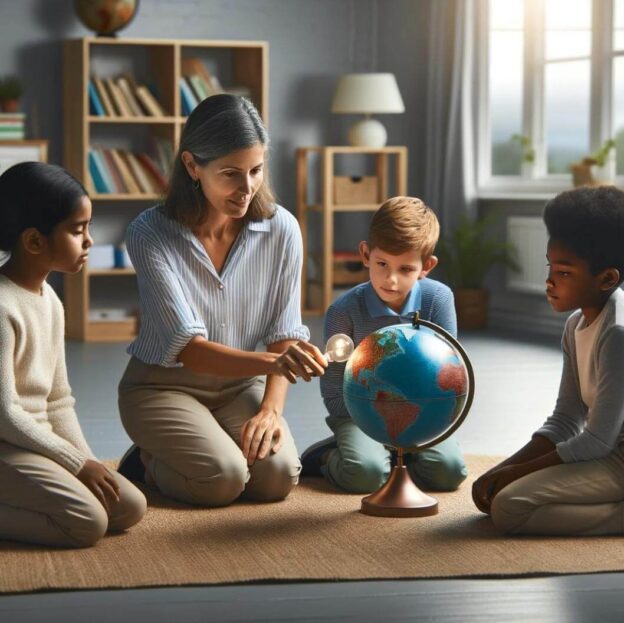


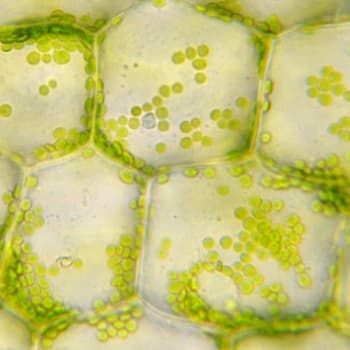

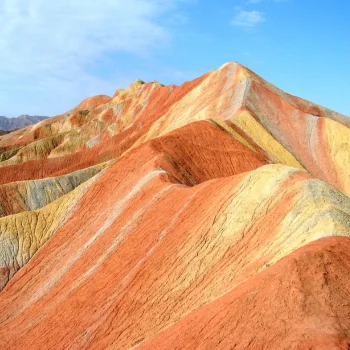
Responses